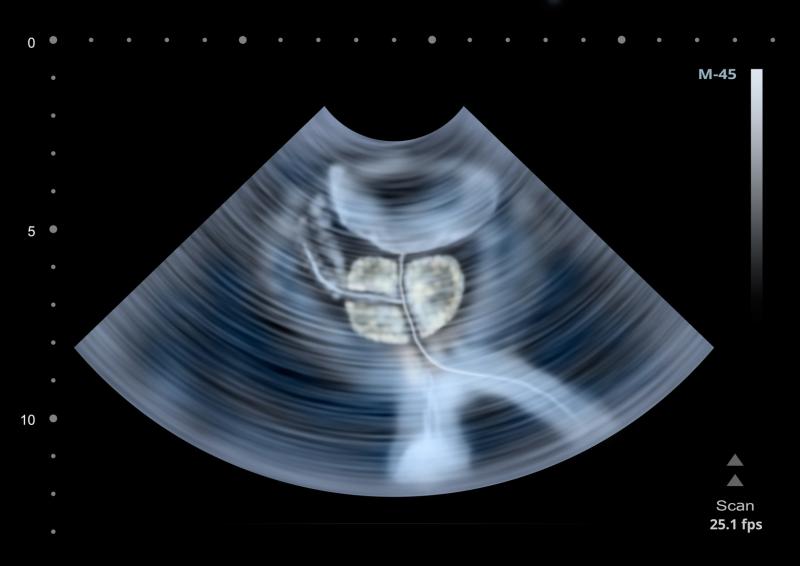
Eight new endoscopic surgical methods for benign prostatic hyperplasia appear to be better than monopolar transurethral resection of the prostate (TURP) in terms of safety, according to a study. Among these treatments, enucleation methods achieve better maximal flow rate (Qmax) and international prostate symptoms score (IPSS) than vaporization and resection methods.
The investigators performed a comprehensive search of PubMed, Embase and Cochrane databases from inception to 31 March 2019 for randomized controlled trials comparing vaporization, resection and enucleation of the prostate using monopolar, bipolar or various laser systems (holmium, thulium, potassium titanyl phosphate or diode) as surgical treatments for benign prostatic hyperplasia.
Two independent reviewers extracted the data and performed quality assessments using the Cochrane Risk of Bias Tool. Weighted mean differences for continuous outcomes and odds ratios for binary outcomes were used to summarize the effect sizes. Comparative effects and safety were estimated with the frequentist approach to the network meta-analysis. Ranking probabilities of each treatment were also calculated.
In total, 109 trials involving 13,767 participants and nine surgical treatments were evaluated. Enucleation showed better Qmax and IPSS values than resection and vaporization methods and 6 and 12 months after surgical treatment. This difference persisted up to 24 and 36 months after treatment. [BMJ 2019;367:l5919]
Compared with monopolar TURP, the best three methods for Qmax at 12 months after treatment were bipolar enucleation (mean difference, 2.42 mL/s, 95 percent confidence interval [CI], 1.11–3.73), diode laser enucleation (mean difference, 1.86, 95 percent CI, –0.17 to 3.88) and holmium laser enucleation (mean difference, 1.07, 95 percent CI, 0.07–2.08). Diode laser vaporization demonstrated the worst performance compared with other methods (mean difference, –1.90, 95 percent CI, –5.07 to 1.27).
The 12-month IPSS results were comparable to Qmax. Compared with monopolar TURP, the best three methods were as follows: diode laser enucleation (mean difference, –1.00, 95 percent CI, –2.41 to 0.40), bipolar enucleation (mean difference, 0.87, 95 percent CI, –1.80 to 0.07) and holmium laser enucleation (mean difference, –0.84, 95 percent CI, –1.51 to 0.58). Diode laser vaporization was the worst performing method (mean difference, 1.30, 95 percent CI, –1.16 to 3.76).
Eight new methods showed better bleeding control than monopolar TURP, which resulted in a shorter catheterization duration, reduced postoperative haemoglobin decline, fewer clot retention events and lower blood transfusion rate. However, short-term transient urinary incontinence remained a challenge for enucleation vs resection methods (odds ratio, 1.92, 95 percent CI, 1.39–2.65).
“Enucleation methods showed better Qmax and IPSS after surgery than vaporization and resection methods,” the researchers said. “The efficacy of vaporization in large prostates requires further research for more evidence.”
Enucleation methods using fibre optic lasers or bipolar loops mimic open prostatectomy, removing more tissue and resulting in greater reduction in prostate-specific antigen than resection and vaporization methods. This explains why enucleation achieves better Qmax values than resection and vaporization methods, according to the researchers. [J Urol 2004;172:1012-1016; Urology 2009;73:1042-1048]